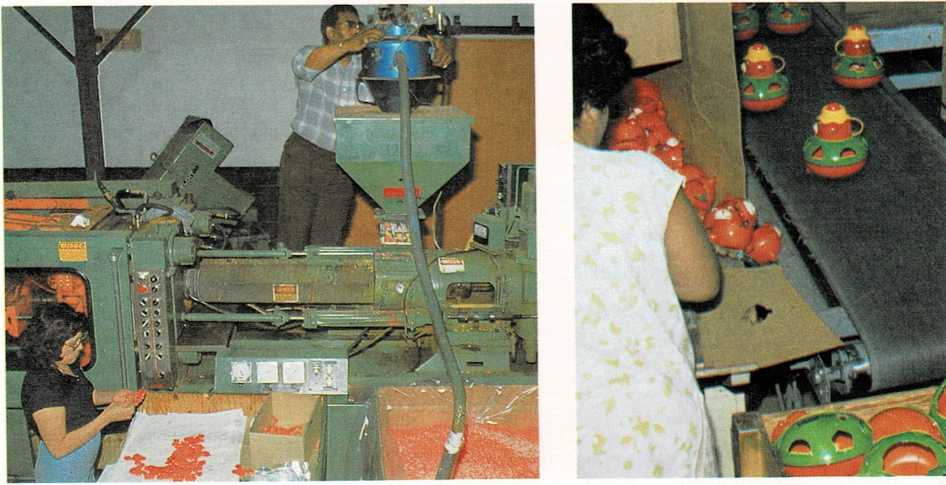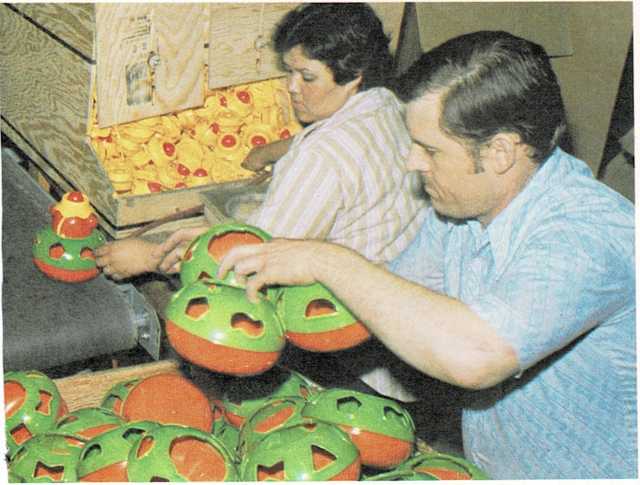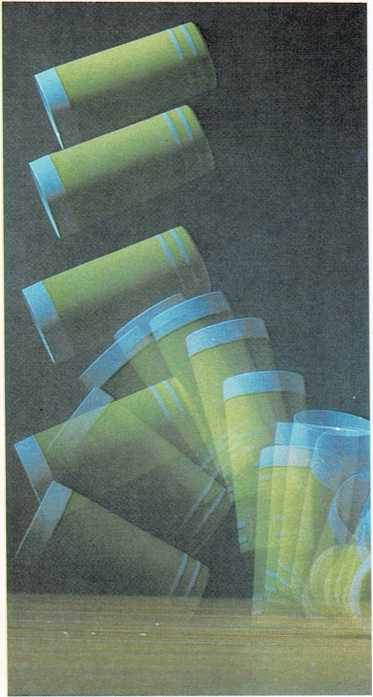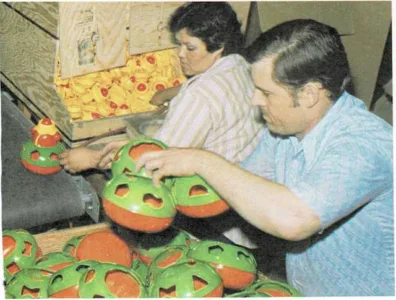Put-together things
Are your shoes made of leather? Is your sweater made of wool? Are your
glasses really glass? Maybe—and maybe not. Any of these things could
be plastics.
But what are plastics? They don’t grow as plants, like cotton. And they
don’t grow on animals, like wool. Plastics are made from coal, oil, and
other materials. The materials are broken apart in factories, and the
molecules of the materials are put back together to make new kinds of
materials we call plastics.

These put-together molecules make plastics useful for many things.
Plastics can be made into thread for cloth. They can be made into
materials that are like leather, or rubber, or unbreakable glass. They
can be made nearly as tough and hard as metal, or as soft as silk. And
the put-together molecules won’t rust, rot, or fall apart as most
materials do. Plastics will last for years and years.
But that’s the problem with plastics. When most materials are thrown
away, they break up and become part of the soil. But things made of
plastics last and last. It’s hard to get rid of them!

Machines melt and squeeze tiny beads of plastic into special shapes
(left). Workers then put the pieces together to make plastic toys
(above).

A glass made of glass would break—but this plastic glass bounces.

